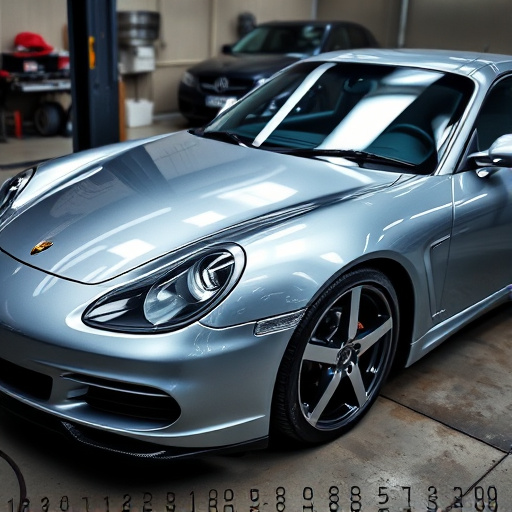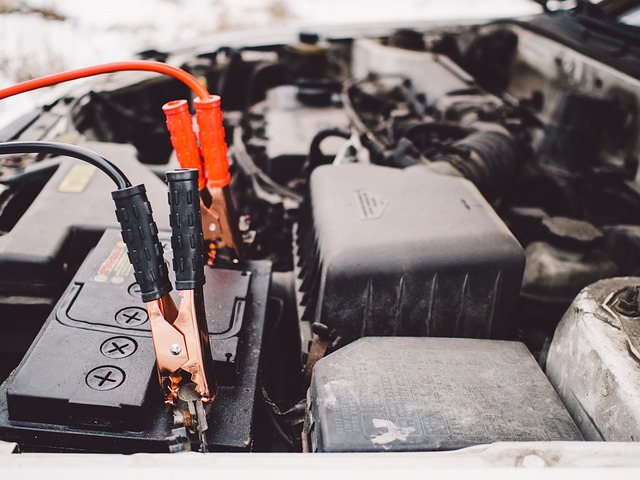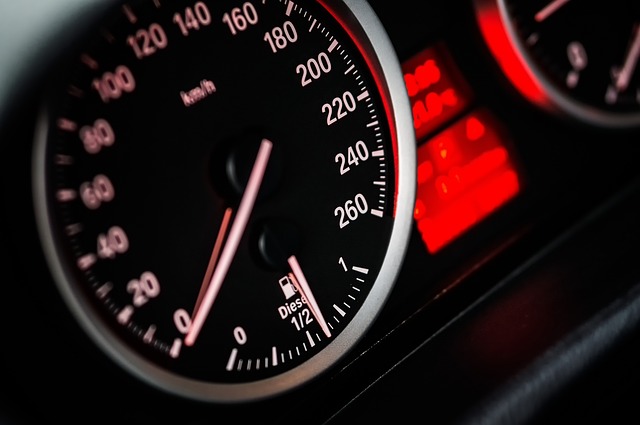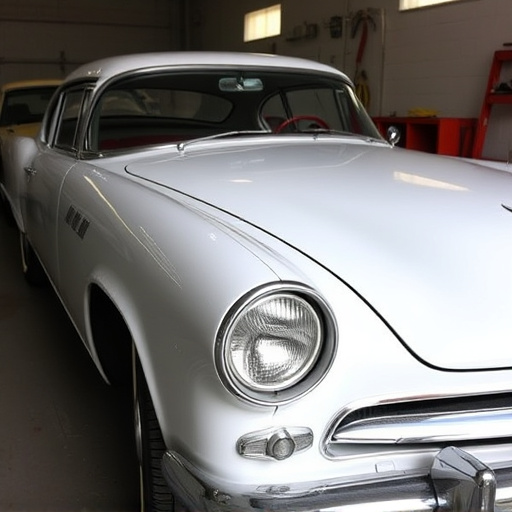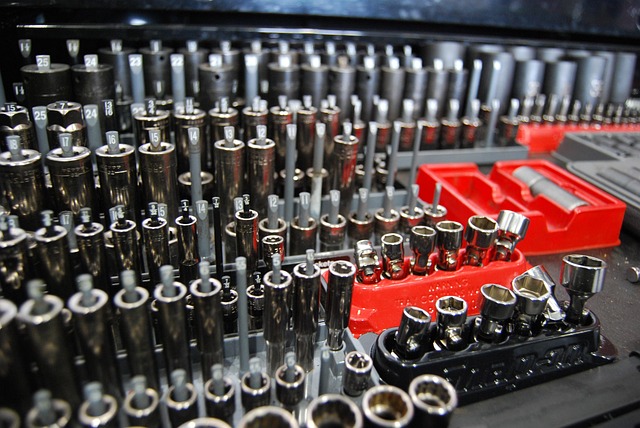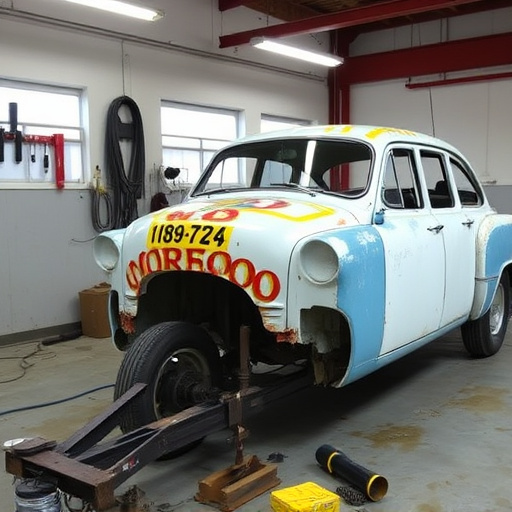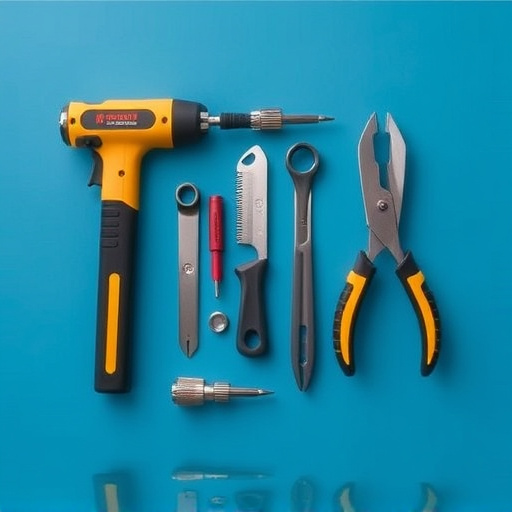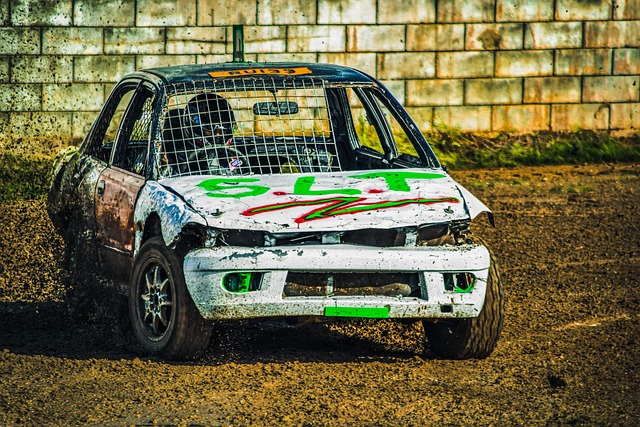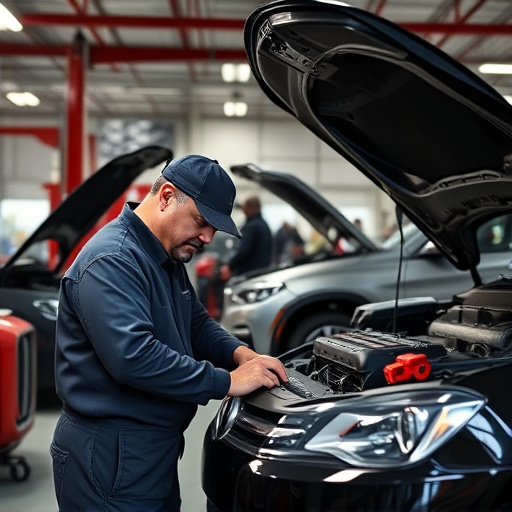Vehicle color matching is a vital, yet often overlooked, process in insurance claims for auto body damage. In today's digital age, advanced tools like color-scanning devices and CAD software ensure precise color identification, crucial for fair compensation and accessing genuine parts. This technology streamlines the claims journey, reduces disputes, and facilitates accurate repairs, maintaining vehicles' pre-incident appearances and boosting customer satisfaction. Skimping on this step can result in subpar finishes, impacting both durability and aesthetics.
Vehicle color matching plays a surprisingly crucial role in insurance claims, often determining compensation amounts. This intricate process involves meticulously comparing damaged vehicles’ colors to their original state to assess repair costs accurately. With advancements in technology, such as spectral analysis and digital imaging, accurate color matching has become more feasible. However, misconceptions persist about the precision and subjectivity involved. This article explores these aspects, shedding light on why vehicle color matching is indispensable in insurance assessments.
- Understanding Vehicle Color Matching in Insurance Claims
- The Role of Technology in Accurate Color Matching
- Common Challenges and Misconceptions About Color Matching
Understanding Vehicle Color Matching in Insurance Claims
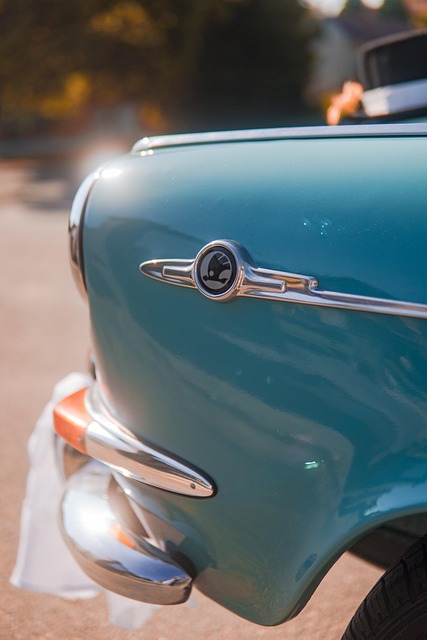
In the realm of insurance claims, vehicle color matching plays a pivotal role in ensuring accurate and fair compensation for auto body damage. When a car sustains injuries, the initial step in the claims process involves meticulous identification and comparison of its original color. This seemingly trivial detail is crucial because it directly impacts the assessment of repair costs and replacement parts’ availability. Vehicle color matching isn’t just about aesthetics; it’s a critical component of automotive repair that influences the entire claims journey.
Insurance companies employ specialized tools and expertise to match vehicle colors precisely, ensuring they align with the make, model, and year of the car. This precise matching is essential for accessing genuine auto body services and parts, which are vital for quality repairs. Accurate color identification also helps in avoiding potential fraud, ensuring that claims are settled based on accurate data related to the vehicle’s original condition. Thus, understanding vehicle color matching is key to navigating the insurance claims process smoothly and receiving the appropriate support for automotive repair and maintenance.
The Role of Technology in Accurate Color Matching
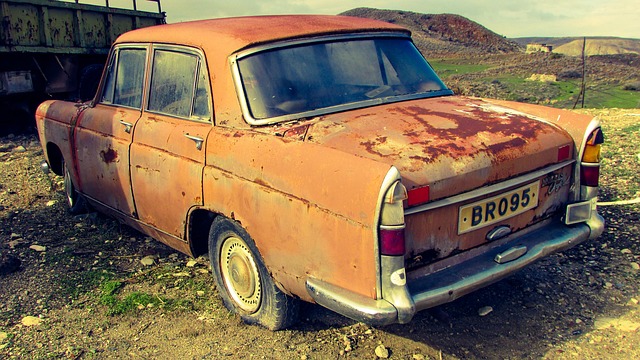
In today’s digital age, technology plays a pivotal role in ensuring precise vehicle color matching during insurance claims processes. Advanced color-scanning devices and computer-aided design (CAD) software allow for an exact replica of the original shade. These tools capture every nuance and variation, from the subtle undertones to the reflective properties, providing a comprehensive digital profile. This technological precision is particularly crucial when dealing with complex vehicle paint jobs or rare color combinations, ensuring that the replacement or repair accurately mirrors the aesthetic integrity of the original vehicle.
Furthermore, integrating these technological advancements into insurance claims management streamlines the process. It enables efficient comparisons between before-and-after images and available color swatches, facilitating faster decision-making. This not only reduces potential disputes but also ensures that tire services and car paint repair or replacement are carried out with a keen eye for detail, ultimately enhancing customer satisfaction and ensuring the vehicle’s pre-incident appearance is faithfully recreated.
Common Challenges and Misconceptions About Color Matching

One of the most common challenges in insurance claims involving vehicle damage is accurately matching the color of the car’s paint. This process, known as vehicle color matching, is crucial for ensuring that repairs are done to exact specifications and match the original vehicle’s aesthetics. However, it comes with its share of misconceptions. Many people believe that a simple visual comparison is enough, but this can lead to subpar results.
The reality is that car paint is complex, with varying shades and finishes that can be difficult to replicate precisely. Insurance companies often overlook this detail, assuming a quick color match is sufficient. Yet, in the world of automotive collision repair and car bodywork services, achieving an exact match requires specialized equipment and expertise. This includes using advanced technology to scan and compare paint codes, ensuring not just visual similarity but chemical composition as well, resulting in a durable, seamless finish that truly respects the vehicle’s original automotive repair.
Vehicle color matching plays a critical role in insurance claims, ensuring accurate assessments and fair settlements. By leveraging advanced technology for precise color identification, insurers can overcome challenges related to lighting conditions, photography angles, and even human perception. Understanding these intricacies is essential for both policyholders and underwriters, promoting transparency and minimizing disputes in the claim process. This focus on vehicle color matching as a key factor underscores the importance of continuous technological advancements in the insurance industry.


